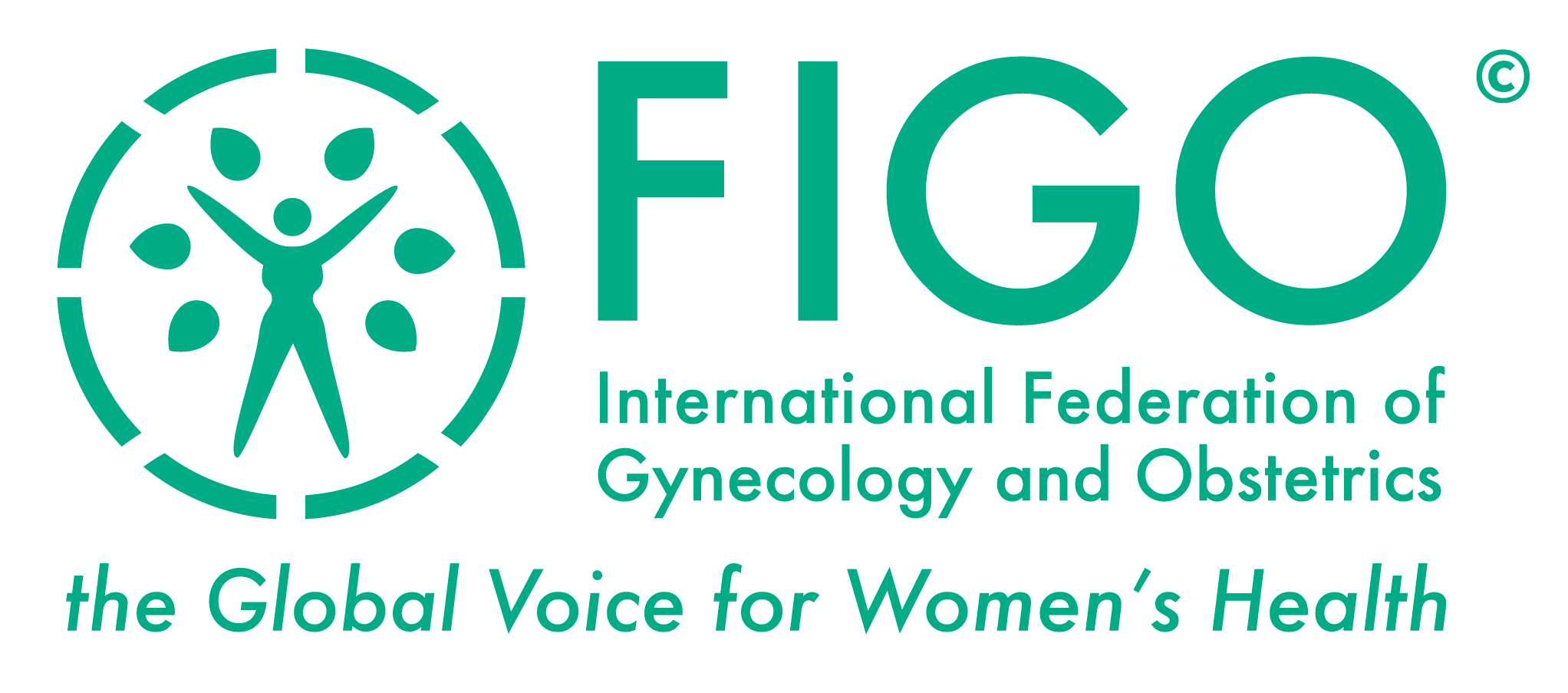Dunson DB, Baird DD and Colombo B.
Increased infertility with age in men and women. Obstet Gynecol 2004:103:51-6.
OBJECTIVE:
To estimate the effects of aging on the percentage of outwardly healthy couples who are sterile (completely unable to conceive without assisted reproduction) or infertile (unable to conceive within a year of unprotected intercourse).
METHODS:
A prospective fecundability study was conducted in a sample of 782 couples recruited from 7 European centers for natural family planning. Women aged 18-40 years were eligible. Daily intercourse records were used to adjust for timing and frequency of intercourse when estimating the per-menstrual-cycle probability of conception. The number of menstrual cycles required to conceive a clinical pregnancy and the probability of sterility and infertility were derived from the estimated fecundability distributions for men and women of different ages.
RESULTS:
Sterility was estimated at about 1%; this percent did not change with age. The percentage infertility was estimated at 8% for womenaged 19-26 years, 13-14% for women aged 27-34 years and 18% for women aged 35-39 years. Starting in the late 30s, male age was an important factor, with the percentage failing to conceive within 12 cycles increasing from an estimated 18-28% between ages 35 and 40 years. The estimated percentage of infertile couples that would be able to conceive after an additional 12 cycles of trying varied from 43-63% depending on age.
CONCLUSION:
Increased infertility in older couples is attributable primarily to declines in fertility rates rather than to absolute sterility. Many infertile couples will conceive if they try for an additional year.
